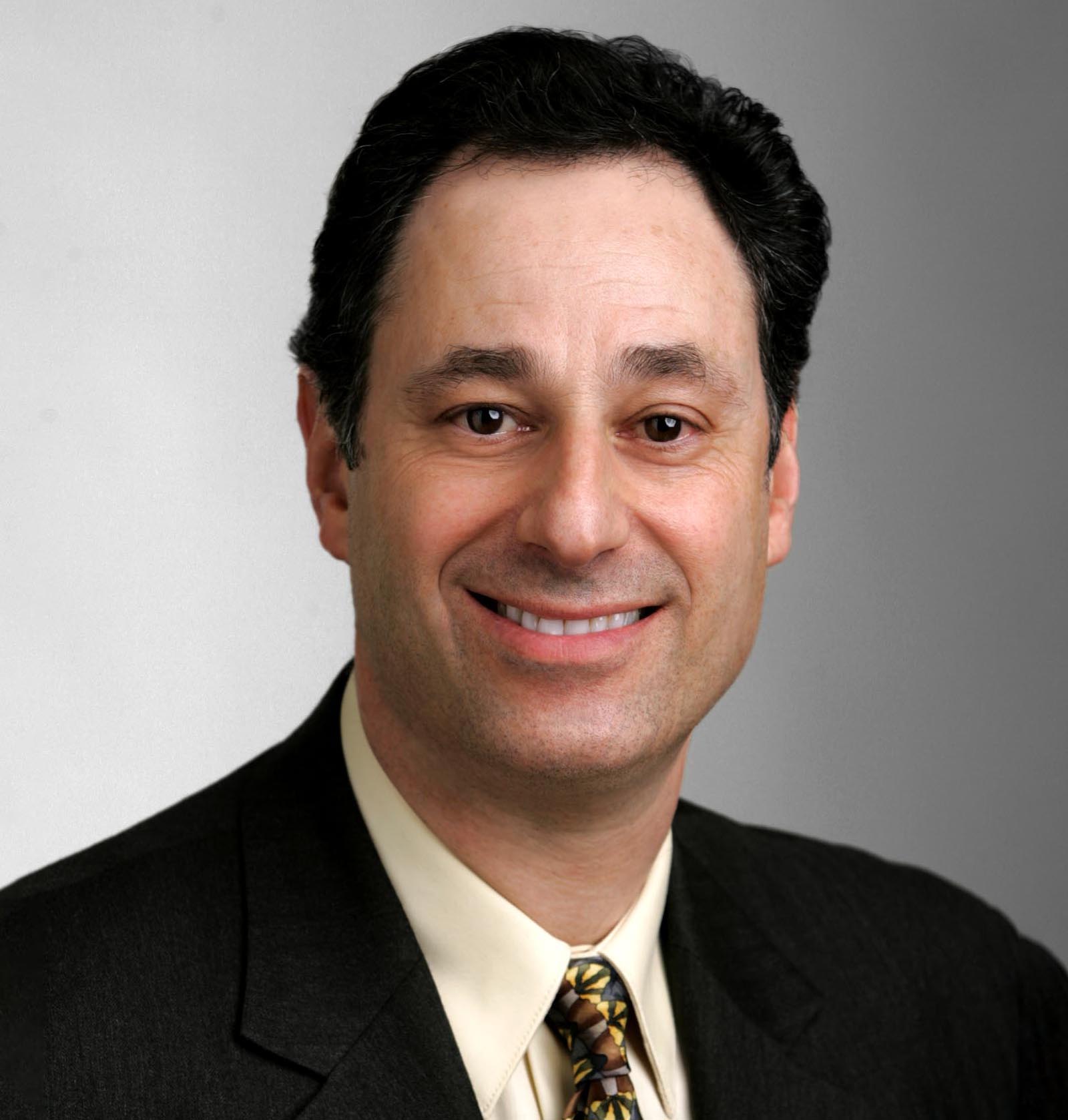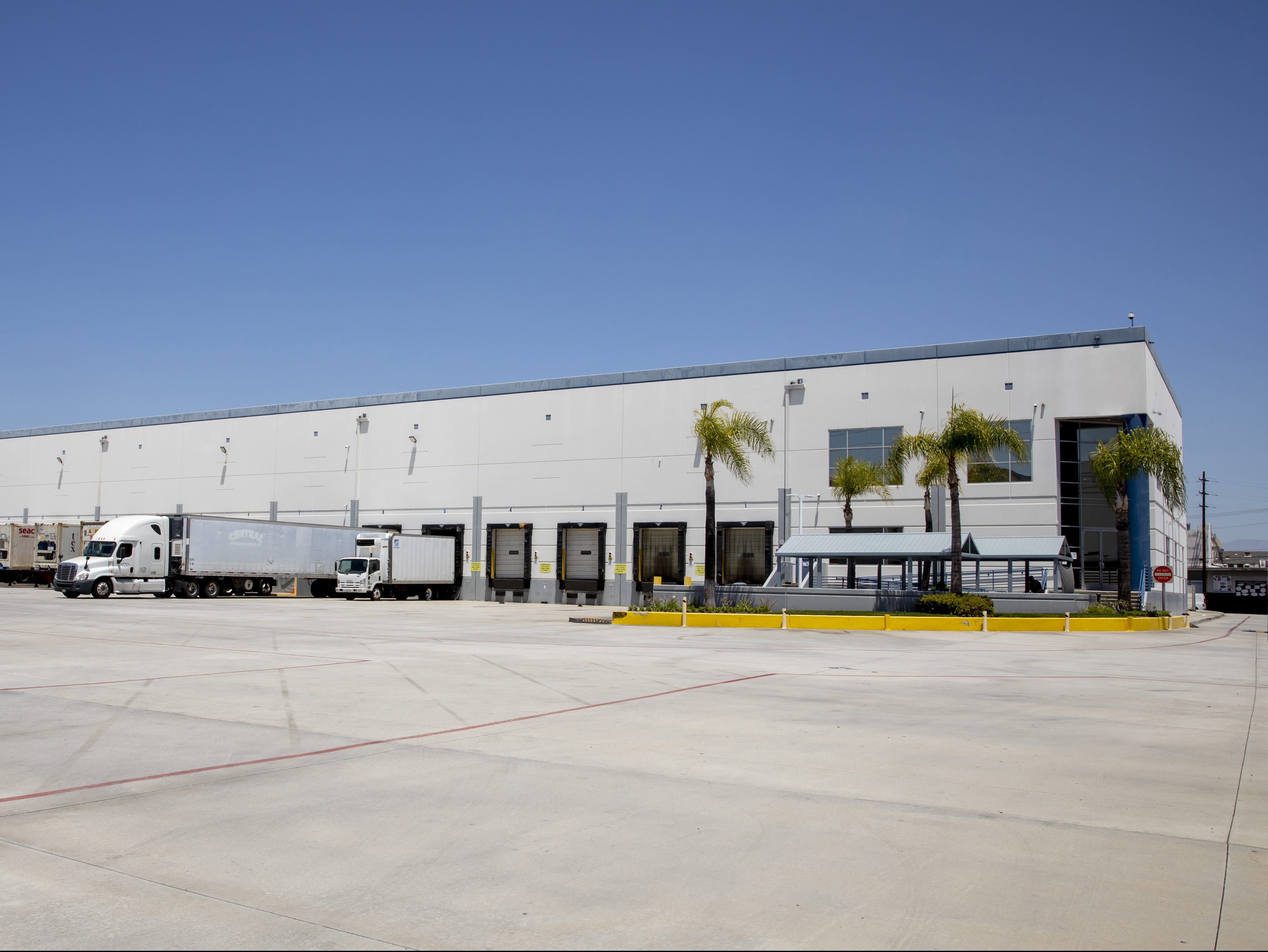Q&A: Labor Relations Amid COVID-19
During times like these, the normal rules don't apply, says Howard Rothschild of the Realty Advisory Board on Labor Relations Inc.

Howard Rothschild, president of the Realty Advisory Board on Labor Relations Inc. Photo courtesy of RAB
In the wake of the coronavirus pandemic, commercial property owners and building service employees have had to retool the terms and conditions of the workplace. CPE interviewed Howard Rothschild, president of the Realty Advisory Board on Labor Relations Inc., whose group recently negotiated on behalf of New York City building owners a package of enhanced protections and extended health benefits with 32BJ SEIU, the union that represents 60,000 residential and commercial building employees in the city. We spoke to Rothschild about the agreements and the discussions that continue as the crisis unfolds.
RAB has been very busy since the coronavirus outbreak. Tell us about your talks with the union.
Rothschild: We very much value the relationship with 32BJ, and we value the employees. The parties realized early on that the normal rules of the contract really don’t fit in these circumstances. So, for the last however long this pandemic has been going on, every single day and sometimes multiple times a day we speak to the union about different issues, and there are very smart people on both sides of the table. They have concerns they bring to us. We have concerns we bring to them. As a result of that, we entered into a series of Memorandum of Agreement and there are more to come.
What are some of the biggest concerns for owners?
Rothschild: The way things have worked out in New York, and I think this is probably across the country, is people are sheltering in place, which means that most people are not going into their offices. Most people are staying home. So that creates two sides of the industry. In the commercial buildings, occupancy is way down. But in some residential buildings, there may be more occupants than ever. Normally, in New York City, if you are employed in a building, you work in that building and certainly you don’t go from a commercial building to a residential building.
We entered into an MOA that commercial employees can go into residential buildings because, while a commercial person might be furloughed, here’s a way to continue them in active employment in a place where they are needed, especially since there may be apartment building workers who either have COVID- 19 or might be taking care of someone with COVID-19 or may have other issues that cause them to be absent.
Tell me about some of the other MOAs.
Rothschild: In the union contract, there are certain notice requirements: In terms of reduction in force, termination pay, changing people’s hours or schedules or duties, etc. All those types of provisions were really suspended in terms of advance notice. To the extent that an employer can give prompt notice, they will. In the regular environment, you could give three or four weeks advance notice of certain things. But in a pandemic, you need to be nimble.
What are some of the added stresses for residential buildings where all the residents are home and some may be ill?
Rothschild: On the residential side, the employees were concerned about commuting to work. The normal shift is eight hours a day, five days a week for 40 hours a week. Because of that concern, employers were responsive. They said instead of working eight hours a day, five days a week, let’s create a different shift. We’ll have 12 hours a day, three days a week, so people don’t have to commute in five days. They have to commute in three days. Normally you’d pay overtime under the union contract after eight hours. We suspended that so that the advantage to the employees is they only have to come in three days. The advantage to the employers is they don’t have to pay overtime. But at the end of the week, the employees are getting 40 hours a week for working 36 hours. That’s something that never really would have been done under a typical environment, but we are not in a typical environment right now. We are in this pandemic. We have to create new ways for the workplace to function.
Another thing is we had an agreement where you can have a part-time employee work full- time. There are certain ramifications that typically go into effect if a part-time employee went to full-time under the contract. We’ve waived those things because the regular full-time employee may be out ill with COVID-19 or they may be taking care of someone else. This incentivizes the employer to have the part-timers fill in for the full-timers. We’re hiring temporary employees. We have a temporary agreement.
How about employees who are furloughed?
Rothschild: What is key here for a lot of people, especially if they are on layoff, is that they have health insurance. So we agreed with the union to cover people who are furloughed for up to 60 days for health insurance (a doubling of the typical number of days they would be covered). We also agreed that, if they are furloughed, they can still get paid by using PTOs to extend their influx of money, as well as continue on for health insurance during the time they are getting the PTOs. We also agreed to cover them for legal benefits because we were afraid that maybe some of them might have financial problems, and we also extended their training benefits.
How do your agreements blend with those in the Federal relief package?
Rothschild: We’re in the process of integrating everything. One of the things I discovered about this pandemic is the rules that are in place today might not be in place tomorrow. Generally, the way we look at this is the employees should be advantaged as much as possible. If there are federal rules that are more beneficial, then those will apply. If there are state rules, then those will apply. If it’s the union contract that’s more beneficial, then those rules will apply. Not everything is stackable but, typically, they would get the greatest single benefit.
What would be your recommendations for owners in other cities?
It’s hard for me to say, specifically, what to do. Every situation is different. But I would say, generally, you need to be sympathetic to your workers. A lot of times these people are the face of your business and they are on the front lines. You should treat them as best you can. We live in a very tough time now, particularly in the real estate industry where many of our tenants may be in dire straits and revenue may be very difficult to come by. Very hard decisions are going to have to be made now and throughout the pandemic, and I would just urge people to be understanding and to know you need to treat people right because at some point this thing will end, and the buildings will go back to functioning. People will remember if they have been treated well, and I think they will be thankful for that.







You must be logged in to post a comment.